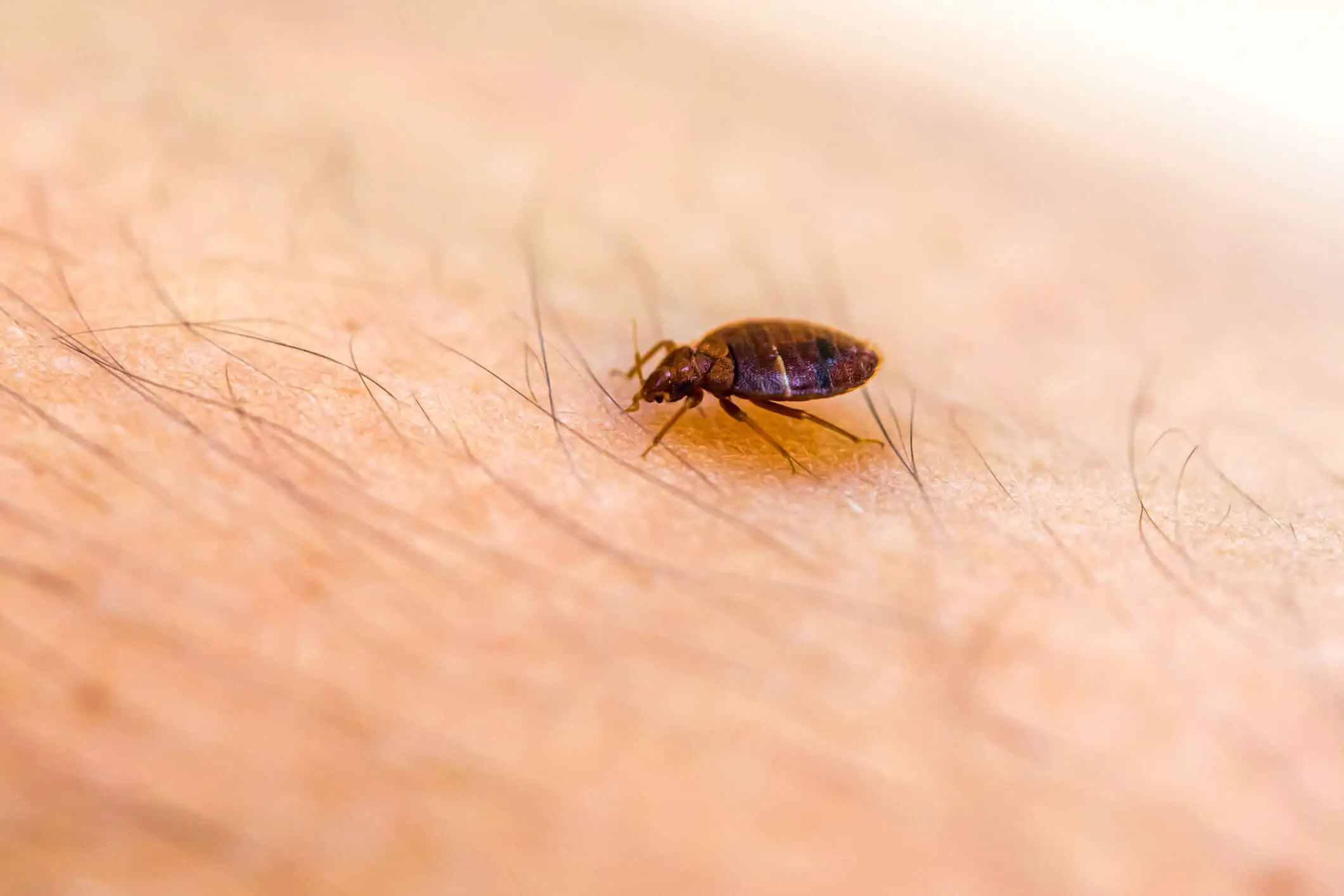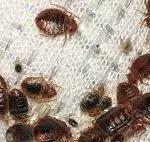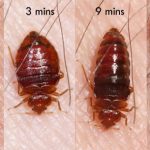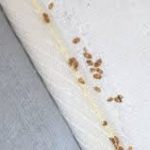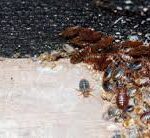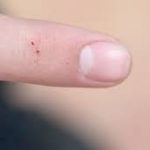How Do Encasements Prevent Bed Bugs?
Encasements are a great way to keep bedbugs out of your bed and mattress. They work by sealing the bugs inside the mattress, where they can’t escape and feed. The bugs will not be able to feed on more human blood and won’t be able to leave the mattress to mate. They can take up to a year to starve to death inside an encasement.
Encasements also prevent bed bugs from laying eggs. The outer surface of the encasement is void of any cracks and crevices, which allow the bugs to lay their eggs. This prevents the bugs from getting into the mattress or box spring. This can be an effective way to prevent bedbugs and is often recommended by experts in bed bug control.
The main benefit of an encasement is that bedbugs can’t feed off of the mattress. They can live for months without a meal, meaning they can survive for a long time without eating. An encasement will prevent the bugs from coming back to your bed. You can also cover your mattress with a fitted sheet to prevent bedbugs from entering your bed.
Encasements are most effective when they fit tightly. It is important to measure your box spring and mattress before buying an encasement. Choosing the wrong size will result in rips and tears. Encasements should cover the entire mattress and box spring. Once installed, the encasement must stay in place to be effective. You should check the encasement every few months to ensure it is working properly.
